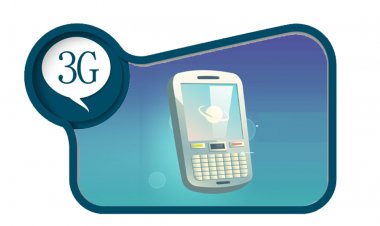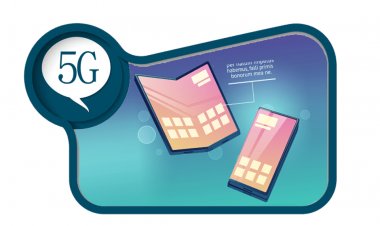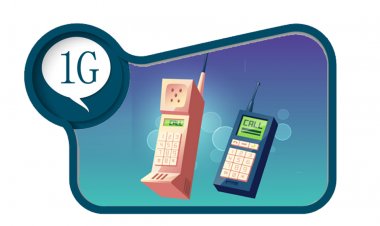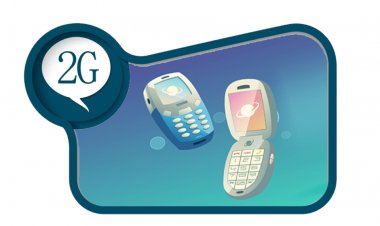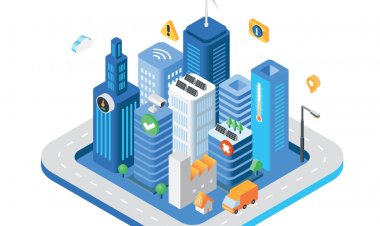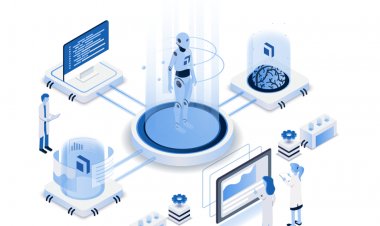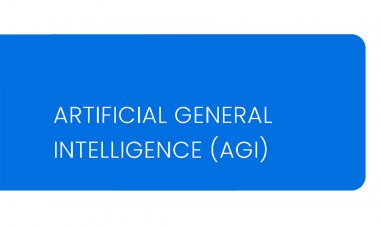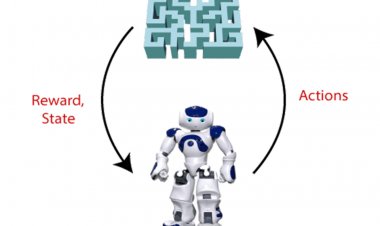Forth Generation of Mobile Network
The entire analog transmission is 1G. Text messages are supported by 2G data transfer. 3G is compatible with both mobile and wireless internet connections. Fourth-generation is a step up from 3G, including all of the features of 2G and 3G, as well as cloud and IP. The faster data rate on 4G cellular networks might make smartphones more similar to PCs, allowing them to perform better in terms of entertainment and gaming.
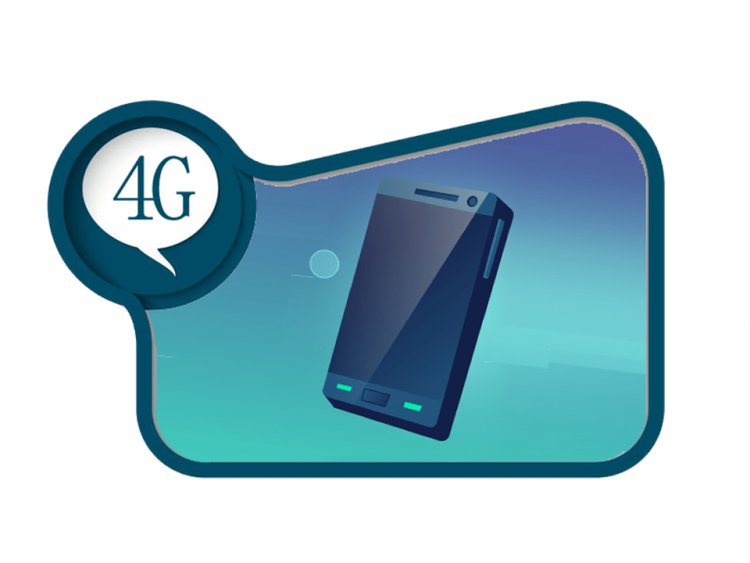
Introduction:
It's human nature to work hard to make things easier for oneself. Humans constantly do their utmost to live a computerized existence. Wireless technology has had a significant impact on our lives. It reduces costs while increasing mobility. Every day, mobile technology shrinks in size while rising in processing speed. The aim of 4G is to exchange existing core cellular network invention with a single global cellular core network centered on standard IP for devices and media. 4G was the first technology created in the early 1980s.
What does the phrase 4G mean?
In the broadband cellular network technology, 4G is the fourth generation. It comes after the 3G and earlier than the 5G. It has all the features defined by the International Telecommunication Union (ITU) and International Mobile Telecommunication Advancement (IMTA).
It provides high broadband and bandwidth. 4G provides internet speeds or services that are ten times faster than the previous version, 3G. By enabling gaming and better multimedia, 4G made smartphones far more capable than PCs. 4G networks are planned to provide swiftness of 100 Mbps while moving and 1 Gbps while immobile.
What is the backstage story of 4G?
In 2009 in Norway, 4G was first deployed in Stockholm, Oslo, and Sweden. The latter, for millions of consumers, was subsequently introduced around the world and offers higher quality video streaming.
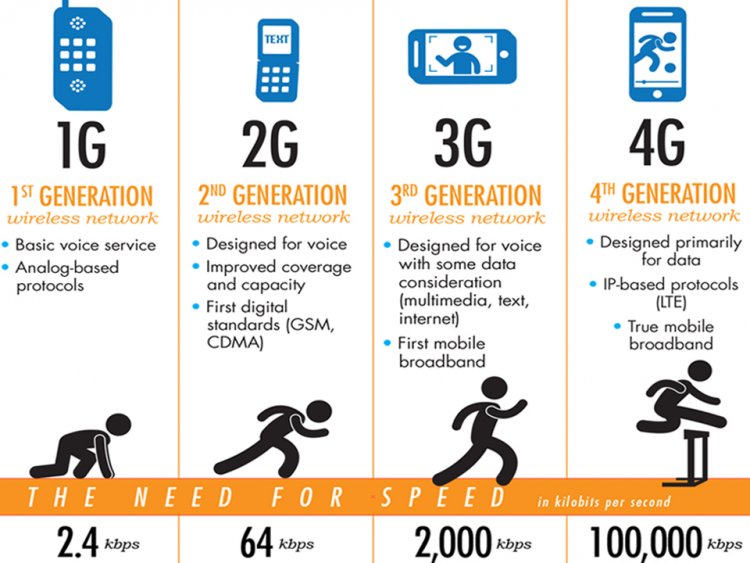
How does 4G works?
The 4G connection works through the antenna and transmits over radio frequencies, facilitating mobile devices to link to the mobile network. The 4G transmitting and receiving capabilities were powered by Multiple Inputs, Multiple Outputs (MIMO) and Orthogonal Frequency Division Multiplexing (OFDM). They both offer more bandwidth as compared to the 3G. OFDM offers more swiftness than the prime technologies that drive 3G, which embrace Time Division Multiple Access (TDMA) and Code Division Multiple Access (CDMA) technologies, With MIMO, 4G decreases network crowding in comparison to 3G because additional users can be reinforced. 4G also works on the Internet Protocol based on data and voice, which is different from 3G. 4G is an IP network, so it is more reliable and efficient than 3G because it manages and optimizes different data and voice technologies.[1]
What's the distinction between 4G and 4G LTE?
The market and the history of the 4G specification make the difference between 4G and LTE. The word "LTE" is frequently used as a slice of the marketing playing field and does not postulate or imply an exact speed. range from 20 Mbps to 100 Mbps, dependent on the transferor. 4G LTE-A (LTE-Advanced), however, is an unambiguous term that is well-defined as qualifying at 100 Mbps. In effect, it is 4G, with no methodological and technical difference from it.
4G offers more bandwidth, speeding up 3G. It merely uses the first 100 Mbps of those 4G promises, never reaching the full network bandwidth.
What features 4G offer?
- support for communicating media, video streaming, voice, gaming, the internet, and many other broadband services.
- Mobile system on IP.
- Offer a low cost per bit. High speed, high capacity.
- Mobile service portability, global access, and scaling
- All-in-one network with a variety of protocols It will be compatible with all common network technologies.
- The infrastructure will handle pre-existing 3G systems, along with other analog wireless technologies. [2]
Conclusion:
With the passage of time, technology increases in speed while decreasing in size, making human existence faster and easier. Things are completed in a more timely and comfortable manner as a result of technological advancements. 4G technology-enhanced applications such as telemedicine, which have the potential to save lives. The data transfer rate is significantly boosted because it is a completely IP-based network.
- 4G (fourth-generation wireless). Available from: https://searchmobilecomputing.techtarget.com/definition/4G.
- Kammar, S.B.R., International Journal of Scientific Research and Modern Education (IJSRME)
ISSN (Online): 2455 – 5630 2016. Volume I, Issue II.
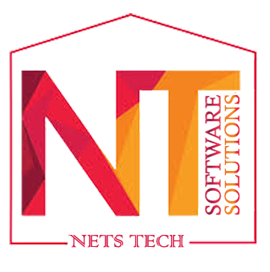
 admin
admin 






